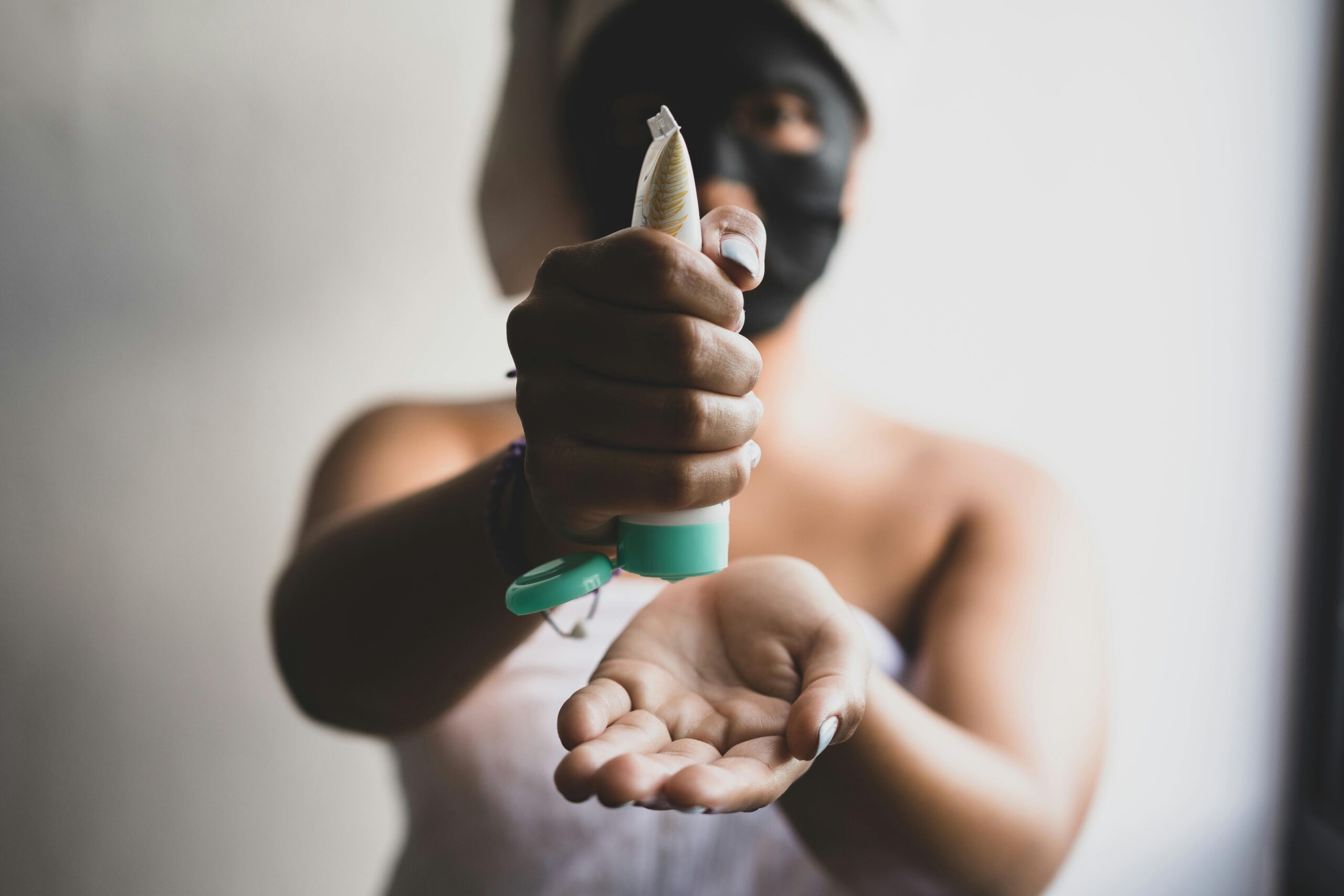Imagine braving the bitter cold, with winter winds nipping at your rosy cheeks. Unfortunately, this wintery scene can sometimes lead to frostbite, a serious condition that can cause damage to the skin and underlying tissues. But worry not, for there are a few simple remedies that can help alleviate the discomfort and promote healing. In this article, we will explore some effective ways to treat frostbite on your cheeks, ensuring that you stay warm and protected during the frosty season.

Immediate Actions
To effectively treat frostbite on your cheeks, the first step is to seek shelter from the cold. Find a warm environment indoors as soon as possible to prevent further exposure to freezing temperatures. Removing any wet or tight clothing is also crucial, as they can further contribute to heat loss and exacerbate the frostbite. Once indoors, proceed to wash the affected area with warm water. Use a gentle stream of water to gradually warm the skin, avoiding excessively hot temperatures. However, it is important not to rub or massage the frostbitten skin, as this can cause further damage and pain.
Pain Relief Measures
Frostbite on the cheeks can be painful, and there are several measures you can take to alleviate the discomfort. Over-the-counter pain relievers, such as ibuprofen or acetaminophen, can help reduce pain and inflammation associated with frostbite. Additionally, applying aloe vera gel or a moisturizing cream can provide soothing relief to the affected area. These products help to hydrate the skin and promote healing. Another effective way to ease pain is by using a cold compress. Wrap ice or a frozen gel pack in a thin towel and gently press it against the frostbitten cheeks for short intervals. The cold temperature can help numb the area and alleviate pain.
Medical Treatments
For severe cases of frostbite on the cheeks, seeking medical attention is crucial. A healthcare professional will assess the severity of the frostbite and provide appropriate treatment. One of the main medical procedures used to treat frostbite is rewarming. This process involves gradually raising the temperature of the affected area to prevent tissue damage. Medical rewarming methods may include immersing the frostbitten cheeks in warm water or using warm air. In some cases, prescribed medications, such as vasodilators or pain medications, may be recommended to aid in the healing process and alleviate discomfort.
Home Remedies
In addition to seeking medical attention, there are several home remedies that can help alleviate symptoms of frostbite on the cheeks. Applying petroleum jelly to the affected area creates a protective barrier and helps lock in moisture, promoting healing. Aloe vera, known for its soothing properties, can also be applied to the frostbitten skin to relieve pain and reduce inflammation. Another effective home remedy is using warm compresses. Soak a clean cloth in warm water, wring out the excess, and gently apply it to the cheeks. The warmth increases blood flow and supports the healing process. It is also important to stay hydrated by drinking warm fluids, such as herbal tea or warm water with lemon. Hydration helps maintain overall skin health and aids in the healing of frostbite. However, it is essential to avoid excessive heat, as it can further damage the already compromised skin.

Preventive Measures
Preventing frostbite on the cheeks is crucial, especially in extreme temperatures. Dressing appropriately for the cold weather is vital to protect your skin. Opt for multiple layers of loose-fitting clothing to trap heat and insulate your body. Don’t forget to cover your face with a scarf or face mask to shield your cheeks from the freezing winds. It is important to limit your time spent outdoors in extreme cold conditions. When exposed to low temperatures for prolonged periods, the risk of frostbite increases significantly. Staying hydrated is also essential to maintaining skin health and preventing frostbite. Be sure to drink plenty of fluids, even if you don’t feel thirsty. On the other hand, excessive alcohol consumption can impair your body’s ability to regulate temperature, making you more vulnerable to frostbite. So, it is best to avoid excessive alcohol intake, especially in cold weather.
Potential Complications
If left untreated or if frostbite is severe, complications can arise. One of the potential complications of frostbite on the cheeks is gangrene. Gangrene occurs when the affected tissue dies due to lack of blood flow and infection. It can lead to the need for surgical interventions, such as amputation. Another complication is infection. Frostbitten skin is more susceptible to bacterial or fungal infections. Signs of infection include increased redness, swelling, and the presence of pus. Lastly, cell damage can also occur as a result of frostbite. Freezing temperatures can damage the cells and tissues, leading to long-term consequences such as nerve damage or scarring.

When to Seek Medical Help
While home remedies can provide relief for mild cases of frostbite on the cheeks, it is important to promptly seek medical help in certain situations. If the affected area appears blue or purple, it indicates that the frostbite is severe and medical attention is required. Similarly, if you experience numbness or loss of sensation in your cheeks, it is essential to consult a healthcare professional. These symptoms could indicate significant tissue damage. Signs of infection, such as increased redness, swelling, warmth, or the presence of pus, require immediate medical attention as well. Lastly, if the pain becomes severe or persistent despite home remedies, it is crucial to seek medical help to properly assess and treat the frostbite.
Conclusion
Frostbite on the cheeks can be a painful and potentially serious condition. Taking immediate actions, such as seeking shelter, removing wet clothing, and washing the affected area with warm water, is vital to prevent further damage. While mild cases can be managed with pain relief measures, such as over-the-counter medications, aloe vera, and cold compresses, severe frostbite requires medical attention. In addition, home remedies, including petroleum jelly, aloe vera, warm compresses, and warm fluids, can provide relief and aid in the healing process. However, prevention is key in avoiding frostbite on the cheeks. Dressing appropriately for the cold, protecting the face with a scarf, limiting time outdoors in extreme cold, staying hydrated, and avoiding excessive alcohol consumption are all important preventive measures. By being proactive and mindful of the signs and symptoms of frostbite, you can minimize the risks of this cold weather-related condition and keep your cheeks healthy and protected.

